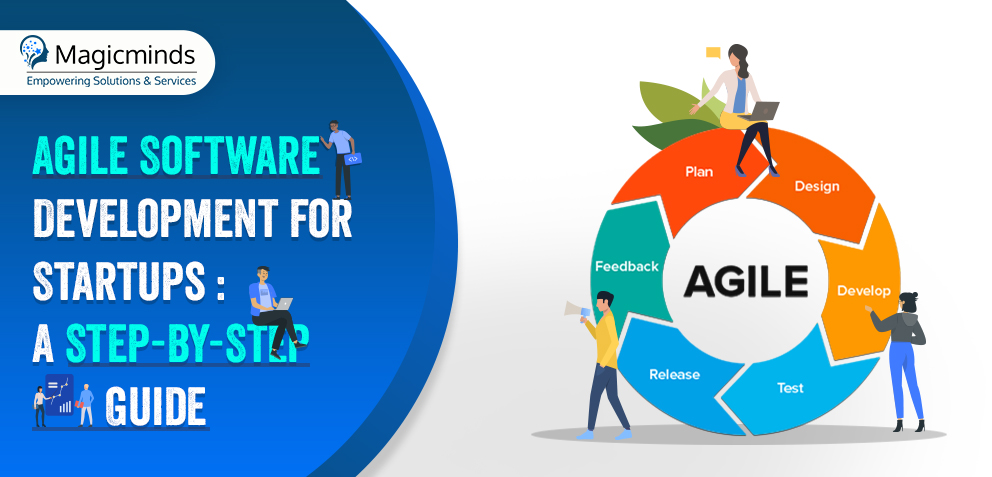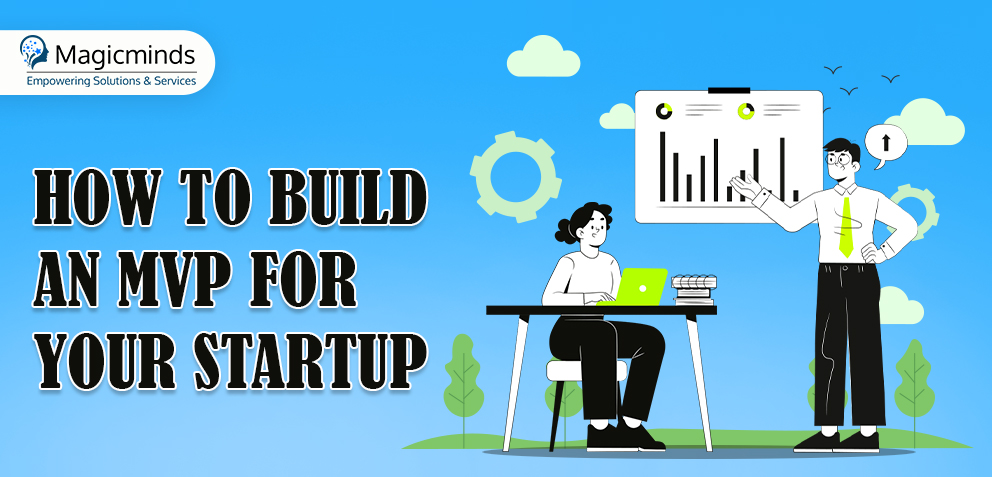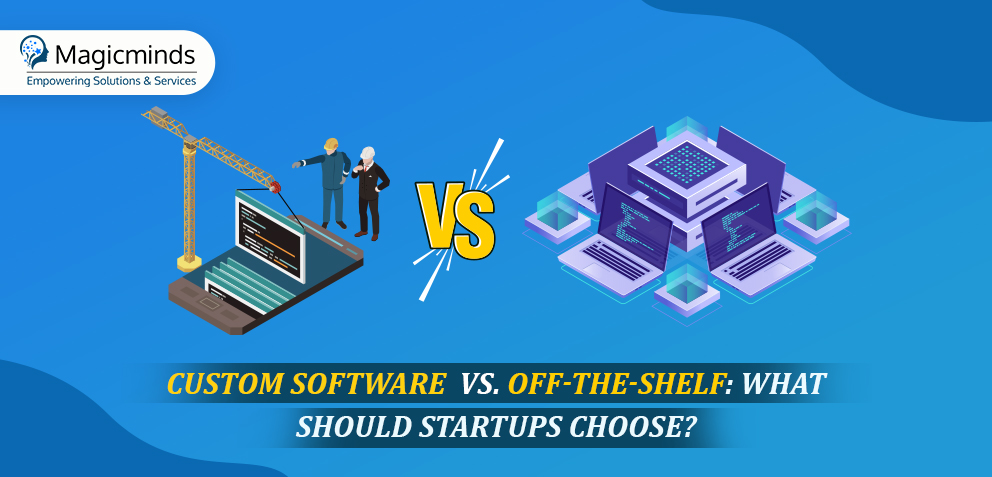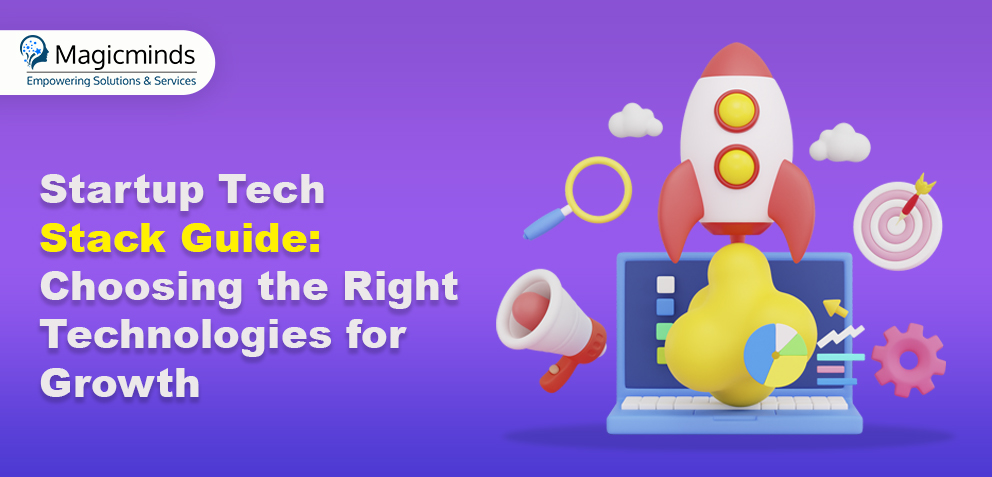Agile Software Development for Startups: A Step-by-Step Guide

 Stay In-the-loop
Stay In-the-loop
Get fresh tech & marketing insights delivered right to your inbox.
Share this Article
Tags
Category
- .Net Developer
- Adtech
- Android App Development
- API
- App Store
- Artificial Intelligence
- Blockchain Development
- Chatbot Development
- CMS Development
- Cybersecurity
- Data Security
- Dedicated Developers
- Digital Marketing
- Ecommerce Development
- Edtech
- Fintech
- Flutter app development
- Full Stack Development
- Healthcare Tech
- Hybrid App Development
- iOS App Development
- IT Project Management
- JavaScript development
- Laravel Development
- Magento Development
- MEAN Stack Developer
- MERN Stack Developer
- Mobile App
- Mobile App Development
- Nodejs Development
- Progressive Web Application
- python development
- QA and testing
- Quality Engineering
- React Native
- SaaS
- SEO
- Shopify Development
- Software Development
- Software Outsourcing
- Staff Augmentation
- UI/UX Development
- Web analytics tools
- Wordpress Development
The world of startups calls for everything to be constantly changing and for innovation. Agility is not merely an advantage but a necessity. Agile software development for startups has emerged as the new norm for product development that is responsive to the shifting market dynamics and customer feedback. In this step-by-step guide, we will cover the basics of agile and its frameworks, along with detailing how Magicminds assists startups in completing software projects. As a founder, product manager, or developer, you will learn how to utilize agile to expedite growth.
What is Agile Software Development?
Agile software development is a methodology based on iterative development, in which requirements and solutions develop through the collaborative effort of a team of diverse specialists. Instead of following a monotonous sequential path, agile teams operate in repeated brief intervals of work (sprints), each yielding a useful increment of the product. This iterative process enhances the ability to change and improve and ensures that it meets a set standard.
The primary values of agile were framed in The Agile Manifesto, which was published in 2001. It contained the following:
- Customer collaboration is preferred over negotiating contracts.
- Responding to change is preferred over following the set plan.
- Working software is preferred over documented, exhaustive work.
- Interactions and individuals are prioritized over processes and tools.
As for these agile principles in the context of startups, they imply that a startup can quickly deliver value and adapt to changes or feedback much more easily, allowing it to accelerate faster alongside other companies that are trapped in traditional development cycles.
Why Agile Should Be Adopted By Startups
These challenges consist of unparalleled competition, constrained resources, and an elevated level of uncertainty. One of the more surprisingly alarming statistics comes from The Startup Genome Project, suggesting that 74% of high-growth startups tend to fail due to pre-emptive scaling, a problem stemming from rigid processes and typically inflexible adaptability. No other agile methodology can be the right fit for early-stage companies for the following reasons:
- Working software is now delivered in weeks instead of the typical months, drastically improving speed to market. This Agile iteration allows for real user feedback to be shown much earlier, allowing for refinements of the product before making heavy investments.
- Focusing heavily on collaboration results in better customer-centric development, ensuring product alignment with the actual user.
- Reducing costs while improving speed to corrective action by turning projects into manageable chunks, minimizing the overall expenditure of failure, and dramatically improving risk reduction.
- Ownership and accountability are heavily encouraged by agile methodologies, empowering the small yet highly motivated teams and ensuring exceptional outcomes.
VersionOne reported that 98% of organizations claimed success with agile due to enhanced visibility, adaptability, and team morale. These metrics typically determine the success or failure of startups.
Custom Software Development for Startups
Build, Launch, and Scale with Magicminds' Expertise.
Scrum vs Kanban for Early-Stage Products
Agile isn’t a blanket strategy, as it’s often perceived. Two of the most popular frameworks, Scrum and Kanban, have different offerings for startups, which are their distinguishing strengths.
Scrum
Scrum divides workload into time-bound sprints (commonly 1-2 weeks). During these cycles, teams plan, execute, and review work. Various roles, like product owner and scrum master, implement focus and accountability at each stage.
Ideal for:
- This approach is more suitable for newer startups introducing novel products to the market.
- Teams that handle a large amount of work require structured planning.
- Projects that have the potential for shifting priorities at a sprint-by-sprint cadence.
Kanban
Kanban helps to visualize work by placing it on a board while limiting the number of things being worked on. It does not dictate fixed iterations, fostering a steady flow of work at a pace.
Ideal for:
- Teams managing ongoing support or maintenance services
- Fast-changing startups
- An ecosystem where features need to be continuously released without delay
Picking the most suitable framework: If your startup is developing a new product and hinges on feedback, Scrum is likely the best choice. Kanban is the ideal approach if you require adaptability and consistent work output. Blending both is a common practice amongst successful startups, tailoring techniques to best fit the situation.
How Magicminds Runs Agile Projects
We know that agile software development for startups blends practices with an understanding of how early-stage businesses operate. Magicminds works with clients step-by-step, which includes:
- Discovery & Road mapping: At this stage, we collaborate with founders to establish vision, priorities, and an MVP (minimum viable product).
- Sprint Planning: Goal setting and task breakdowns happen at the start of every sprint to guarantee collective alignment.
- Iterative Development: Our cross-functional teams participate in agile development to be able to deliver features that undergo testing every 1-2 weeks.
- Continuous Feedback: Stakeholders are looped in during the entire process. This feature means that the project’s progress can be demonstrated through retrospectives alongside the product.
- Transparent Reporting: There aren’t any surprises to clients because they monitor the progress and track the advancement with the help of dashboards.
Your business or organization could expect a 30–50% reduction in the time-to-market for traditional developmental models with us at Magicminds. This improvement allows validation of ideas previously set in place, attracting potential investors, and scaling fundamentally quicker.
Metrics for tracking agile success
We have crafted unique approaches that guarantee improvement with each step forward.
- Velocity: This metric shows the total number of tasks completed per sprint by the agile team and thereby provides forecasts for future performance.
- Lead Time: This tracks the total time from the idea’s inception to deployment, enabling one to highlight various bottlenecks along the way.
- Sprint Burndown: Aids in ensuring goals are on track to be achieved during a sprint.
- Customer Satisfaction: NPS and direct surveys offer feedback directly from the users.
- Release Frequency: Shows the value delivered to users. More releases usually indicate greater responsiveness.
As noted in a 2023 State of Agile Report, organizations that actively monitor these metrics experience as much as 60% better project predictability and customer satisfaction. These metrics also provide actionable insights, which can be vital for sustainable growth for start-ups.
For start-ups, agile software development is not just a methodology—it’s a way of thinking that emphasizes the importance of speed and adaptability to the customer. The right framework, along with meaningful metric tracking, ensures that a “building to last” product is possible.
Do you want to fast-track your startup’s milestone and transform your idea into reality?
Let’s set up an agile project together. At Magicminds, our experts will help you bring your ideas to life and provide ongoing support. To learn more about agile software development for startups, check our resources or schedule a guided session tailored for your needs. You should start your journey with the right partner who can help your start-up achieve its goals.
The world of startups calls for everything to be constantly changing and for innovation. Agility is not merely an advantage but a necessity. Agile software development for startups has emerged as the new norm for product development that is responsive to the shifting market dynamics and customer feedback. In this step-by-step guide, we will cover the basics of agile and its frameworks, along with detailing how Magicminds assists startups in completing software projects. As a founder, product manager, or developer, you will learn how to utilize agile to expedite growth.
What is Agile Software Development?
Agile software development is a methodology based on iterative development, in which requirements and solutions develop through the collaborative effort of a team of diverse specialists. Instead of following a monotonous sequential path, agile teams operate in repeated brief intervals of work (sprints), each yielding a useful increment of the product. This iterative process enhances the ability to change and improve and ensures that it meets a set standard.
The primary values of agile were framed in The Agile Manifesto, which was published in 2001. It contained the following:
- Customer collaboration is preferred over negotiating contracts.
- Responding to change is preferred over following the set plan.
- Working software is preferred over documented, exhaustive work.
- Interactions and individuals are prioritized over processes and tools.
As for these agile principles in the context of startups, they imply that a startup can quickly deliver value and adapt to changes or feedback much more easily, allowing it to accelerate faster alongside other companies that are trapped in traditional development cycles.
Why Agile Should Be Adopted By Startups
These challenges consist of unparalleled competition, constrained resources, and an elevated level of uncertainty. One of the more surprisingly alarming statistics comes from The Startup Genome Project, suggesting that 74% of high-growth startups tend to fail due to pre-emptive scaling, a problem stemming from rigid processes and typically inflexible adaptability. No other agile methodology can be the right fit for early-stage companies for the following reasons:
- Working software is now delivered in weeks instead of the typical months, drastically improving speed to market. This Agile iteration allows for real user feedback to be shown much earlier, allowing for refinements of the product before making heavy investments.
- Focusing heavily on collaboration results in better customer-centric development, ensuring product alignment with the actual user.
- Reducing costs while improving speed to corrective action by turning projects into manageable chunks, minimizing the overall expenditure of failure, and dramatically improving risk reduction.
- Ownership and accountability are heavily encouraged by agile methodologies, empowering the small yet highly motivated teams and ensuring exceptional outcomes.
VersionOne reported that 98% of organizations claimed success with agile due to enhanced visibility, adaptability, and team morale. These metrics typically determine the success or failure of startups.
Scrum vs Kanban for Early-Stage Products
Agile isn’t a blanket strategy, as it’s often perceived. Two of the most popular frameworks, Scrum and Kanban, have different offerings for startups, which are their distinguishing strengths.
Scrum
Scrum divides workload into time-bound sprints (commonly 1-2 weeks). During these cycles, teams plan, execute, and review work. Various roles, like product owner and scrum master, implement focus and accountability at each stage.
Ideal for:
- This approach is more suitable for newer startups introducing novel products to the market.
- Teams that handle a large amount of work require structured planning.
- Projects that have the potential for shifting priorities at a sprint-by-sprint cadence.
Kanban
Kanban helps to visualize work by placing it on a board while limiting the number of things being worked on. It does not dictate fixed iterations, fostering a steady flow of work at a pace.
Ideal for:
- Teams managing ongoing support or maintenance services
- Fast-changing startups
- An ecosystem where features need to be continuously released without delay
Picking the most suitable framework: If your startup is developing a new product and hinges on feedback, Scrum is likely the best choice. Kanban is the ideal approach if you require adaptability and consistent work output. Blending both is a common practice amongst successful startups, tailoring techniques to best fit the situation.
How Magicminds Runs Agile Projects
We know that agile software development for startups blends practices with an understanding of how early-stage businesses operate. Magicminds works with clients step-by-step, which includes:
- Discovery & Road mapping: At this stage, we collaborate with founders to establish vision, priorities, and an MVP (minimum viable product).
- Sprint Planning: Goal setting and task breakdowns happen at the start of every sprint to guarantee collective alignment.
- Iterative Development: Our cross-functional teams participate in agile development to be able to deliver features that undergo testing every 1-2 weeks.
- Continuous Feedback: Stakeholders are looped in during the entire process. This feature means that the project’s progress can be demonstrated through retrospectives alongside the product.
- Transparent Reporting: There aren’t any surprises to clients because they monitor the progress and track the advancement with the help of dashboards.
Your business or organization could expect a 30–50% reduction in the time-to-market for traditional developmental models with us at Magicminds. This improvement allows validation of ideas previously set in place, attracting potential investors, and scaling fundamentally quicker.
Metrics for tracking agile success
We have crafted unique approaches that guarantee improvement with each step forward.
- Velocity: This metric shows the total number of tasks completed per sprint by the agile team and thereby provides forecasts for future performance.
- Lead Time: This tracks the total time from the idea’s inception to deployment, enabling one to highlight various bottlenecks along the way.
- Sprint Burndown: Aids in ensuring goals are on track to be achieved during a sprint.
- Customer Satisfaction: NPS and direct surveys offer feedback directly from the users.
- Release Frequency: Shows the value delivered to users. More releases usually indicate greater responsiveness.
As noted in a 2023 State of Agile Report, organizations that actively monitor these metrics experience as much as 60% better project predictability and customer satisfaction. These metrics also provide actionable insights, which can be vital for sustainable growth for start-ups.
For start-ups, agile software development is not just a methodology—it’s a way of thinking that emphasizes the importance of speed and adaptability to the customer. The right framework, along with meaningful metric tracking, ensures that a “building to last” product is possible.
Do you want to fast-track your startup’s milestone and transform your idea into reality?
Let’s set up an agile project together. At Magicminds, our experts will help you bring your ideas to life and provide ongoing support. To learn more about agile software development for startups, check our resources or schedule a guided session tailored for your needs. You should start your journey with the right partner who can help your start-up achieve its goals.


